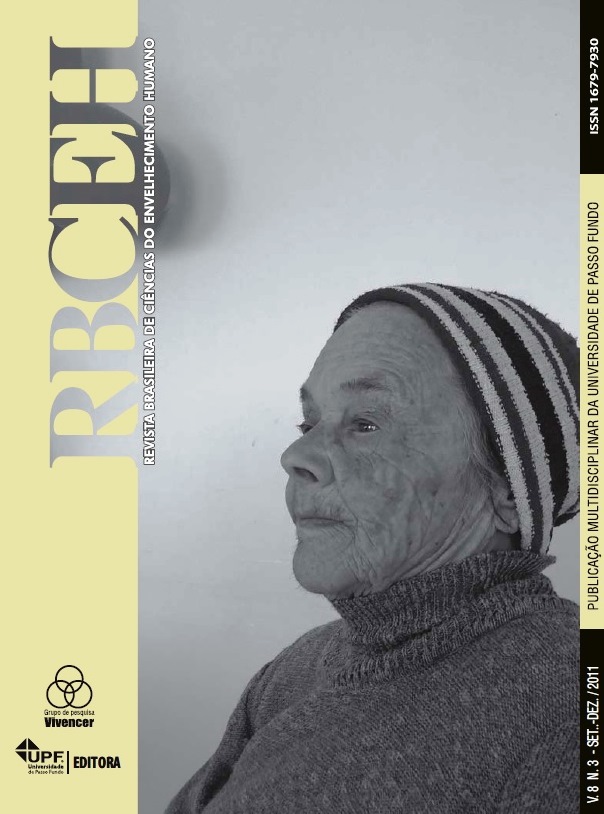EFFECTIVENESS OF TAPING THE ASSOCIATED TO KINESIOTHERAPY IMPROVEMENT OF SPASTICITY SPEED AND GAIT IN STROKE
DOI:
https://doi.org/10.5335/rbceh.v8i3.1531Keywords:
Acidente Vascular Encefálico. Espasticidade muscular. Fisioterapia. Fita atlética. Marcha.Abstract
OBJECTIVE: To verify the effectiveness of taping associated with a treatment program aimed kinesiotherapeutic improves spasticity and gait speed in patients with chronic post-stroke hemiplegia. MATERIALS AND METHODS: The members of this research were patients with chronic hemiplegia due to stroke, divided into Group I, which was the application of taping and Group II, without application. Each group was composed of an n = 4. In the evaluation of patients used a standard form with neurological history complete, the Ashworth Scale to quantify spasticity and 10 meters walking test, evaluative parameter of gait speed. The treatment consisted of application of taping, followed by exercise, a ratio of 3 sets of 10 repetitions for each exercise in order to strengthen lower limbs and finally the realization of the circuit on a path back and forth. After 10 sessions was a reassessment. RESULTS: In relation to walking speed, the group I and group II showed considerable improvement. Ashworth Scale, two patients in group I, maintained the same result after treatment and the other decreased the degree of spasticity, in group II, two patients increased and two decreased the degree of spasticity. CONCLUSION: In this study, the use of taping associated with a program of exercise was not effective in the variables of gait speed and spasticity in patients with chronic hemiplegia.Downloads
Download data is not yet available.
Downloads
Published
2012-10-09
Issue
Section
Artigos Originais
License

Todos os artigos estão licenciados com a licença Creative Commons Atribuição-NãoComercial-SemDerivações 4.0 Internacional. A Revista é detentora do Copyright.
How to Cite
EFFECTIVENESS OF TAPING THE ASSOCIATED TO KINESIOTHERAPY IMPROVEMENT OF SPASTICITY SPEED AND GAIT IN STROKE. (2012). Revista Brasileira De Ciências Do Envelhecimento Humano, 8(3). https://doi.org/10.5335/rbceh.v8i3.1531




